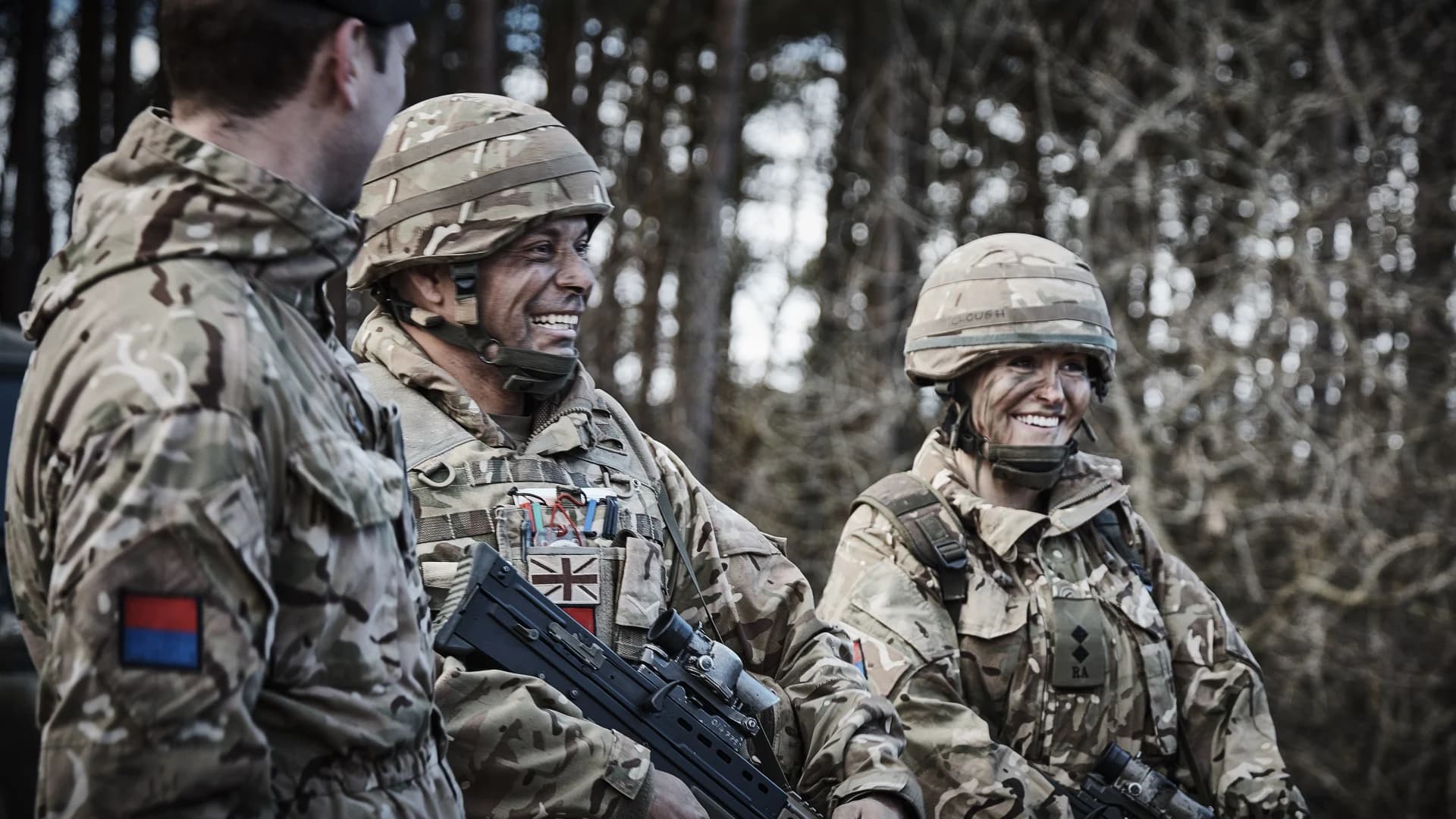
How long does the total of officer pilot training take (including sandhurst and flight training)?

Additional information
Officer Pilot AAC
Alex Z. asked a question to Combat Roles
Category: Role Description
Date asked: Monday, January 17, 2022
Last reviewed: Thursday, January 20, 2022

Amie B.
MT JNCO
Hi Alex
It's great to see you are interested in an aviation career with the Army Air Corps. There are two possible officer career paths; ASO (Aviation Support Officer) and Officer Pilot. I will focus on the latter for you, but touch upon ASO towards the end, as there are similarities with the initial training elements.
As with all officer entrants, you will first need to complete officer training at RMAS (Royal Military Academy Sandhurst), which is approximately 44 weeks, split into 3 terms (roughly 14 weeks per term). The first term focuses on basic military skills, improving your basic understanding of soldiering. The second term priorities leadership and academic studies; this is also the term where you choose which Corps or Regiment you wish to join (it's great you have thought about AAC beforehand). The third and final term allows you to put everything you have learnt into practice on complex exercises in the UK and overseas, culminating in a grand pass off parade. Between each term, there are opportunities for adventure training and/ or leave.
During your time at Sandhurst, you will have the opportunitiy to complete the AAC flying tests to determine whether or not you have the capabilities to go on and become an officer pilot. Depending on availability of the tests/ when you apply to join the AAC, you might be able to complete part/ all of them before you attend Sandhurst, which probably eases the pressures whilst you focus on your training. However, a point to note is passing of the tests does not guarantee you selection for pilot whilst at Sandhurst, due to the very competitive nature of the role.
The flying tests comprise of;
- A flying aptitude test, which is carried out at RAF Cranwell over the course of 1 day (if you google CBAT, you will get a rough idea of what to expect).
- Army Flying Grading; roughly 5 weeks flying a fixed-wing aircraft, of which the purpose of this is to assess your flying capabilities and retention of knowledge.
- A comprehensive flying medical, again carried out at RAF Cranwell. Measurements, eyesight, height, weight to name but a few.
- A final selection board, which involves an interview confirming your motivations to join the AAC.
If you are selected to join the AAC as an officer pilot, you then proceed to initial rotary flying training, which takes place at RAF Shawbury. You spend approximately two years learning to fly in a Juno helicopter. At the end of this phase, you are awarded your coveted 'wings'. The fixed wing training phase has very recently been removed from AAC pilot training.
Towards the end of your time at RAF Shawbury, you are streamed onto your operational aircraft. The majority of pilots move onto either the Wildcat (reconnaissance) or Apache (attack) helicopter. Although you do state a preference, ultimately the needs of the army do take priority. I find that many trainee pilots have a strong desire of which aircraft they wish to fly before they get to this stage.
From there, the timeline (and location) will ultimately depend on which aircraft you are streamed. CTT (Conversion to Type - learning how to fly the aircraft) and CTR (Conversion to Role - learning to fight with the aircraft) training is roughly 24 months if streamed Wildcat (Yeovilton), and approximately 36 months with the Apache (Wattisham). The latter's training stream is slightly longer due to the complex weapon systems. Again, you might find yourself waiting for the next stage of training, depending on availability, but the majority of trainee pilots are on the front line roughly 3-5 years after commencing their flying training. Once on the front line, you will undergo continuous monitoring and training, with further opportunities to expand your abilities, for example training as a QHI (Qualified Heli Instructor). Although the training pipeline appears rather extensive, you are rewarded with a very exciting, gratifying flying career that offers a number of benefits that come with military life.
I will briefly touch upon the role and training timeline of an ASO, should you fail to achieve the flying requirements. An ASO is ultimately in charge of the flying support operations, commanding all activity on the ground, whilst also being responsible for up to 50 AAC soldiers.
You complete Sandhurst, in the exact same manner as other officers, as mentioned earlier. You will then carry out further training at Middle Wallop (home of AAC ground training), which enables you to become a commander in the aviation battlefield. This includes refuelling operations, managing helicopter landing sites, aviation communication, rearming, plus so much more. This training takes roughly 4-6 months, and you are then posted to your first front line 'Ground Support Flight'. As an ASO, you have the opportunity to post into an ATR (Army Training Regiment) as your second post.
I hope that extensive overview of the timeline helps. The environment and timelines are constantly adapting, so keep an eye on the army jobs website. Any further questions or comebacks, please feel free to ask.
Thursday, January 20, 2022
This discussion is closed, so no new comments can be added.